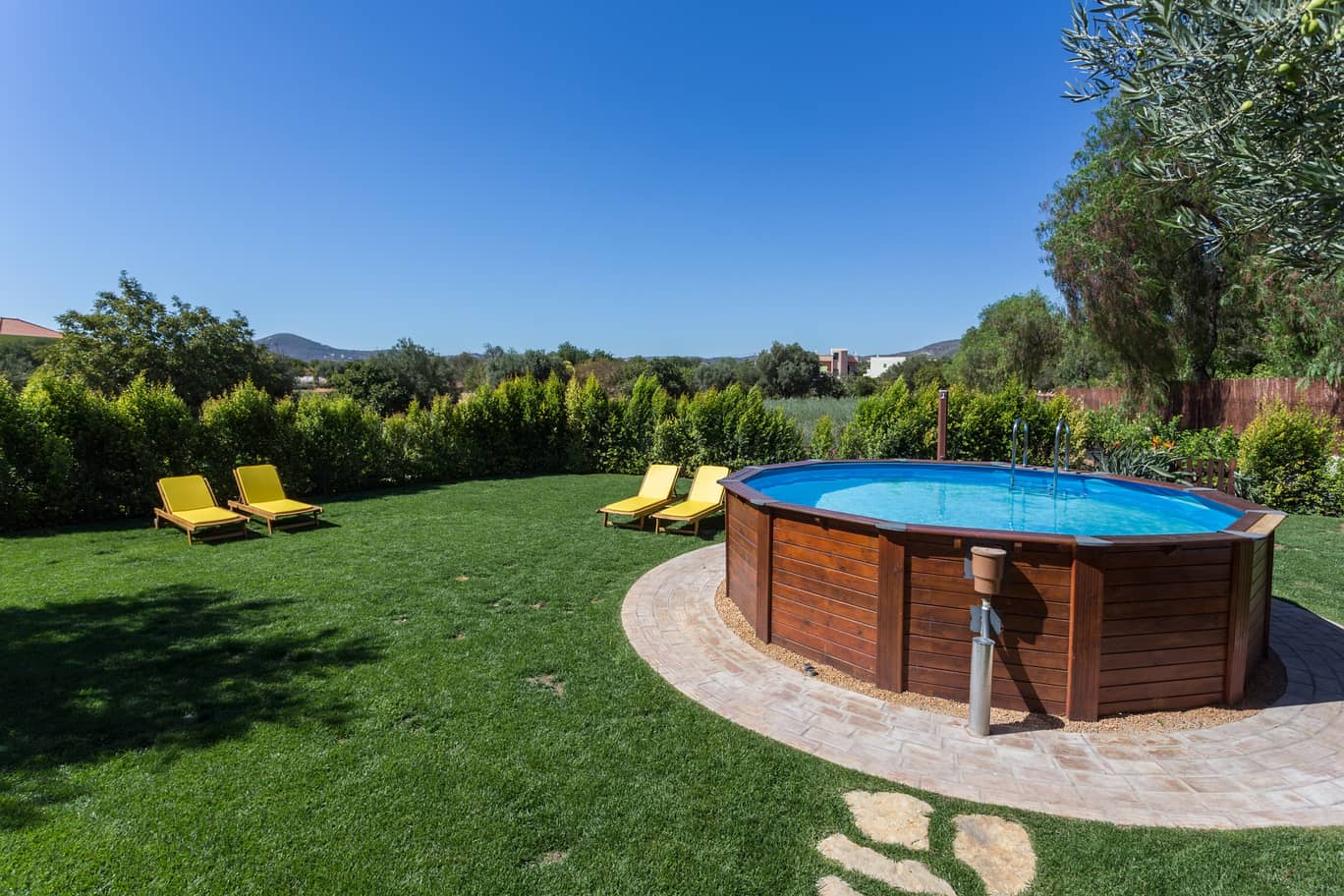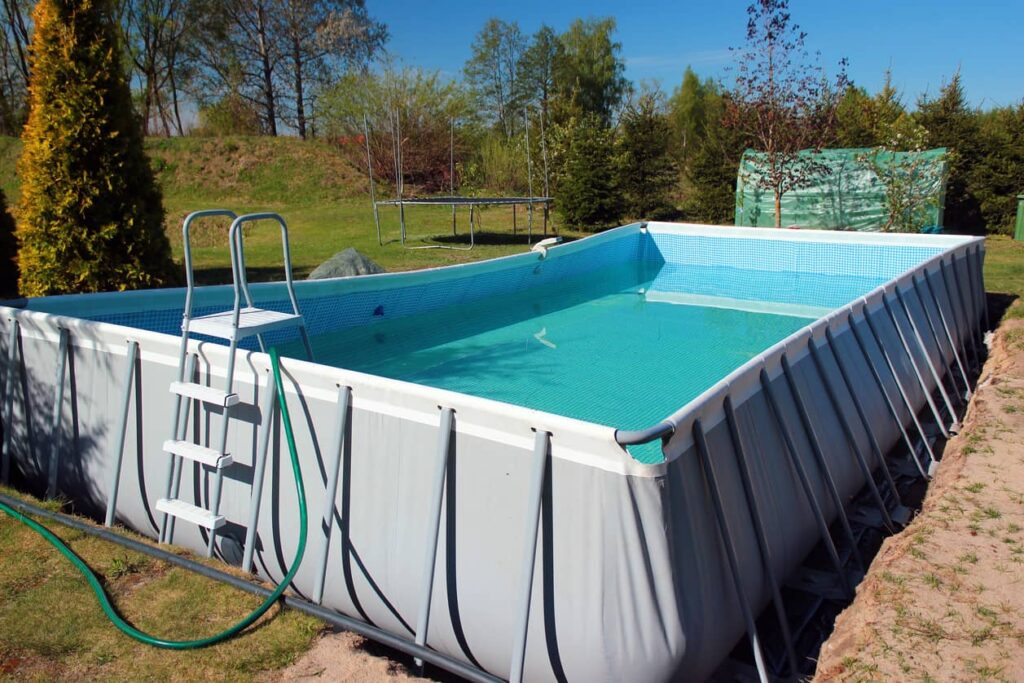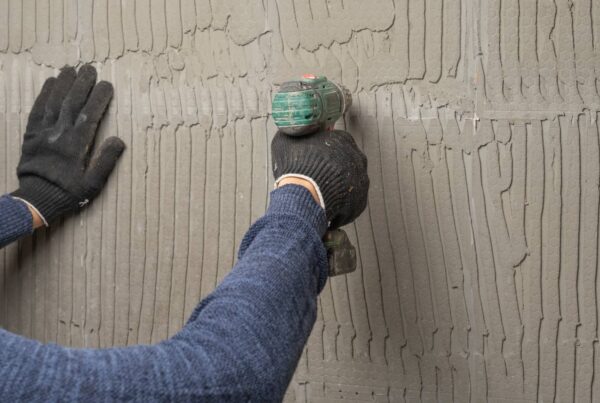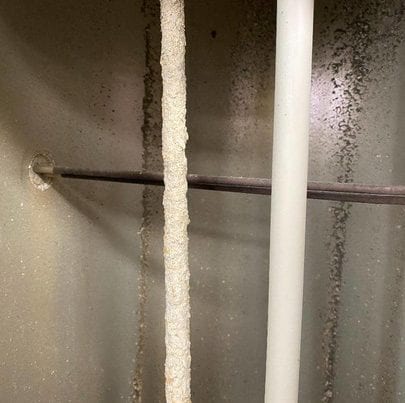
Being a homeowner can come with many perks and many responsibilities. One of the many perks of owning a home is having a swimming pool. This is a great idea for your family and friends to get out of the heat and stay cool in the warmer months. However, if the above-ground pool maintenance is not done every week, the pool water can quickly turn unswimmable. If this happens, you will want to drain the pool. How to drain above-ground pool? You can either set up a sump pump or two for quick draining or use a garden hose to slowly siphon the water.
Let’s take a look below at why you should drain your above-ground pool and how it should be done.
Why Should I Drain My Above Ground Pool
When it comes to pools there are usually a few reasons why you should drain the pool. Draining an above-ground pool can be simpler than draining an inground pool, due to less water. Let’s take a look at why you would drain your above-ground pool.
- Water chemistry – if the water chemistry is off balance and you begin to notice a lot of algae growing in your water, it is a good time to drain the pool. In many cases, homeowners will shock the pool with chlorine. However, this could damage the vinyl liner of the above ground and reduce the longevity of the liner. It is never safe to swim in a pool with abnormal water chemistry.
- Structure repair – draining the above ground allows you to patch the liner in certain areas that might need it. Additionally, you can make repairs to the skimmer and return lines by lowering the water level of the pool.
- Pool Storage – in some cases you have an above-ground pool that is portable and easily inflated or put up. Living in a climate that produces freezing conditions would mean placing a soft-walled above-ground pool into storage. Above-ground pools with metal walls are typically left in place.

What Should I Plan For
If you ever have to drain your above-ground pool it is likely due to a water chemistry or repair issue. However, there are some steps that you should plan for before you begin draining the above-ground pool. Let’s take a look.
- Wait for good weather – draining the above-ground pool should be done in warmer and milder temperatures and weather. Also, you won’t want to drain the pool when the liner could be damaged or strong winds could blow through and knock the pool off track.
- Turn off equipment – make sure that your pump and timers are shut off. Once the water level falls below the skimmer lines or intake line, you won’t be able to circulate water through your equipment.
- Know where to run your drain hose – plan out the best place for your drain hose to run the water to. You won’t want to accidentally flood your home or yard. Try to get a long enough hose to reach the street so that the water runs into your sewer system.
- Chemical levels – lower your pool chemicals if they aren’t already. You wouldn’t want highly toxic water being pushed into your sewer system. Consider using a chlorine neutralizer to speed up the reduction process.
- Stay nearby – never leave a pool when it is being drained. It could take up to 14 hours to drain a pool depending on how big the pool is and the type of equipment used. A commercial water pump could speed up the process and have you finished in 30 minutes. They can be rented at your local hardware store. Staying close allows you to keep an eye on the drain hose and equipment as well as the pool itself.

How To Drain The Above Ground Pool With A Pump
When it comes to draining your above-ground pool there are a couple of ways to go about this. You can either purchase a sump pump at your local hardware store and drop it into the pool for draining or you can use a hose to siphon the water. Let’s take a look below at how you can accomplish this.
- Drop the pump and connected hose into the pool – try to place the pump as close to the middle of the pool as you can. Use a brush and pole to guide it if needed.
- Run your connected hose to the drain spot – place the hose in the location where you want the water to drain. Make sure to keep it away from the home to avoid flooding.
- Plug in the pump – plug in the extension cord with clean and dry hands.
- Keep an eye on it – once you have started up the pump make sure that the water level is decreasing.
- Check on it – check the pool regularly to ensure everything is working properly and no damage is being caused.
- The water level is too low – once the water level hits the 6-inch mark it is safe to turn off the pump. You will notice some standing water is left. Depending on the reason for draining the pool will allow you to determine how to get the remaining water out.
Draining With A Garden Hose
- Submerge the hose – run the hose through the water so that air is pushed out and water is pushed into the hose.
- Take out one end – take one end of the hose and place it on level ground. Make sure it will not flood your yard and runoffs properly.
- Watch for siphoning – make sure to keep the other end of the hose in the pool and watch the water flow out as the hose works as a siphon.
- Check on it – be sure to check the hose and make sure that your siphon is working properly.
- Remove the hose – the moment that the water levels reach 6 to 12 inches you can remove the garden hose siphon. Keep in mind that not all of the water will be able to be siphoned out.
Other Recommended Maintenance
Now that you know about your above-ground pool, here are some other areas to keep an eye on in the yard.
One of those is negative grading. You want to make sure that the yard has a slope that flows away from the home. Ideally, it should be six inches of slope for every six feet. If you don’t have this, adding in soil and lower beds can help. However, you also want to make sure that the yard drains well.
Another place to keep an eye on is landscaping to keep water away from the house. We all love landscaping and if you make sure that you have gutters, pavers, and a french drain if needed, you can make sure that the yard drains properly. You can also use a rain barrel or a sump pump (if you live outside of Florida).
Lastly, making sure your sprinkler system is maintained is important, especially during dry seasons. If you find that the sprinkler system won’t turn on, it can be a damaged pipe, voltage issues, or a broken valve.
When Do I Call A Professional
When it comes to draining an above-ground pool, it could be best to call a professional. Most homeowners do not have the time or equipment to properly drain an above-ground pool. Purchasing extra equipment and understanding how the above-ground pool is built and works could be more daunting than draining the pool. Call on your local swimming pool technician so that you can have the above-ground pool inspected and find out what repairs might be needed.
Conclusion
Having your above-ground swimming pool drained can be a time-consuming task depending on the equipment you choose to use. Call on your local home inspection team to come out and assess the yard and areas around the above-ground pool. They can recommend the best place for you to drain the pool and also recommend a reputable swimming pool service company. Reach out to Atkinson Inspection Services for a home inspection in Orlando, Clermont, and the Villages.



